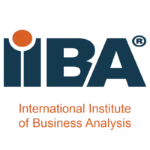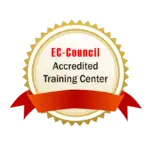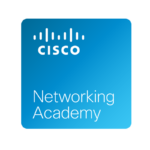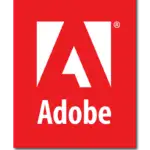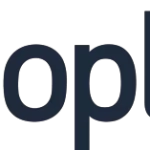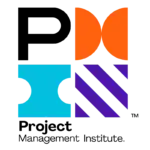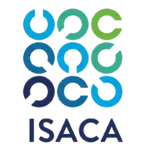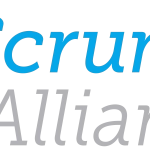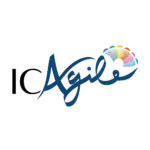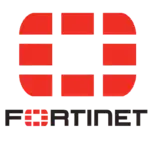In the present digital environment, the development of backend systems plays a crucial role in establishing resilient and efficient web applications. Backend tools serve as invaluable resources for handling servers, databases, APIs, and other integral elements that empower the backend infrastructure. With the continuous advancement of technology, developers are actively in pursuit of optimal tools to streamline their backend development workflows. This article aims to examine the leading 20 backend developer tools for the year 2023, offering insightful information regarding their features, capabilities, and guidance on selecting the most suitable tool for specific requirements.
Description of Backend Tools:
Backend tools encompass software applications, frameworks, libraries, or services designed to aid developers in constructing and maintaining the server-side components of web applications. These tools offer a range of functionalities, including server management, database integration, API development, security provisions, performance optimization, and more. By leveraging these backend tools, developers can enhance productivity, ensure scalability, and deliver high-performance applications.
clslearn offers you the best courses in the course of PHP Full Stack Developer
Top 20 backend developer tools:
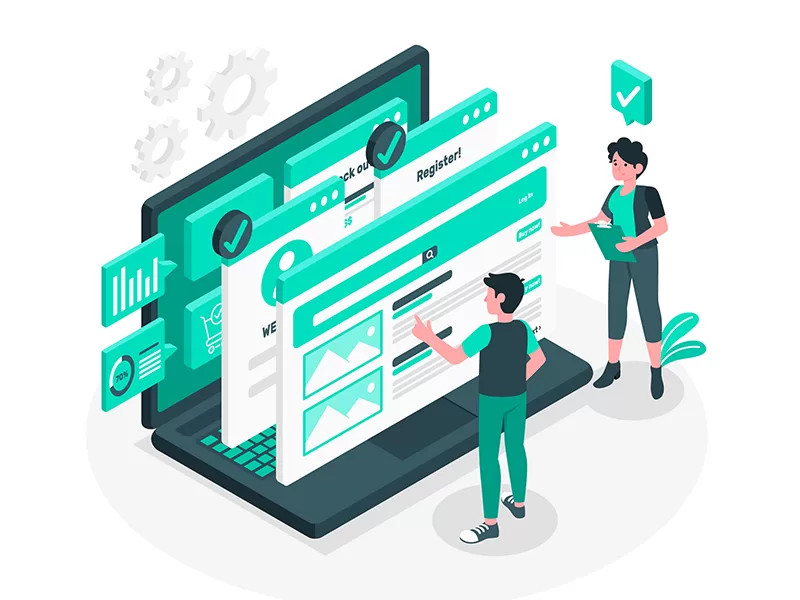
- Node.js:
– Overview: Node.js is a JavaScript runtime built on Chrome’s V8 engine, enabling developers to build network applications that are both scalable and efficient.
– Key Features: Non-blocking I/O, event-driven architecture, extensive ecosystem of libraries and frameworks.
- Django:
– Overview: Django is a high-level Python web framework that facilitates rapid development and adheres to clean, pragmatic design principles.
– Key Features: Object-relational mapping, built-in admin interface, robust security features.
- Ruby on Rails:
– Overview: Ruby on Rails is a server-side web application framework written in Ruby, recognized for its simplicity and adherence to a convention-over-configuration approach.
– Key Features: MVC architecture, built-in testing framework, extensive library ecosystem.
- Express.js:
– Overview: Express.js is a fast and minimalistic web application framework for Node.js, specifically designed for constructing APIs and web applications.
– Key Features: Lightweight, flexible routing, support for middleware.
- Flask:
– Overview: Flask is a micro web framework for Python, offering a straightforward yet powerful foundation for developing web applications.
– Key Features: Lightweight, modular design, extensive documentation.
- Laravel:
– Overview: Laravel is a PHP web application framework that emphasizes elegance, simplicity, and developer friendliness.
– Key Features: Follows MVC architecture, offers a robust ORM, and includes built-in testing tools.
- Spring Boot:
– Overview: Spring Boot is a framework for developing Java applications that simplifies the creation of production-ready Spring-based applications.
– Key Features: Convention over configuration approach, supports embedded servers, and provides dependency management.
- ASP.NET Core:
– Overview: ASP.NET Core is an open-source, cross-platform framework for building modern web applications using .NET.
– Key Features: Utilizes MVC architecture, offers cross-platform support, and includes integrated security features.
- Flask RESTful:
– Overview: Flask RESTful is an extension for Flask that facilitates the rapid development of REST APIs.
– Key Features: Enables request parsing, input validation, and resource routing.
- GraphQL:
– Overview: GraphQL is a query language and runtime for executing queries with existing data in APIs.
– Key Features: Efficient data fetching, strong typing, and introspection capabilities.
- PostgreSQL:
– Overview: PostgreSQL is an open-source, object-relational database management system known for its robustness and extensibility.
– Key Features: ACID compliance, advanced indexing, and support for JSON data.
- MongoDB:
– Overview: MongoDB is a NoSQL document database renowned for its high performance, scalability, and flexibility.
– Key Features: Offers a flexible document model, supports horizontal scalability, and provides geospatial indexing.
- Redis:
– Overview: Redis is an in-memory data structure store used as a database, cache, and message broker.
– Key Features: Provides high-performance data structures, supports pub/sub messaging, and offers clustering capabilities.
- Apache Kafka:
– Overview: Apache Kafka is a distributed streaming platform that enables real-time streaming data pipelines and applications.
– Key Features: Fault-tolerant, scalable, and high-throughput messaging system.
- RabbitMQ:
– Overview: RabbitMQ is an open-source message-broker software that implements the Advanced Message Queuing Protocol (AMQP).
– Key Features: Ensures reliable message delivery, supports flexible routing, and accommodates multiple messaging patterns.
- Jenkins:
– Overview: Jenkins is an open-source automation server that facilitates continuous integration and continuous delivery (CI/CD) of software projects.
– Key Features: Offers an extensive plugin ecosystem, supports distributed builds, and integrates easily with other tools.
- Docker:
– Overview: Docker is a platform for developing, deploying, and running applications in containers.
– Key Features: Enables containerization, facilitates easy deployment, and provides resource isolation.
- Kubernetes:
– Overview: Kubernetes is an open-source container orchestration platform that automates the deployment, scaling, and management of containerized applications.
– Key Features: Offers high availability, load balancing, and self-healing capabilities.
- Amazon Web Services (AWS):
– Overview: Amazon Web Services is a comprehensive cloud platform that offers a wide range of services for backend development and hosting.
– Key Features: Provides scalable infrastructure, supports serverless computing, and offers an extensive service portfolio.
- Microsoft Azure:
– Overview: Microsoft Azure is a cloud computing platform that provides various services for building and managing applications and services.
– Key Features: Offers hybrid cloud capabilities, AI and machine learning services, and extensive developer tools.
get to know about: FULL STACK VS DEVOPS WHICH ONE TO CHOOSE?
How to Select the Right Backend Tools?
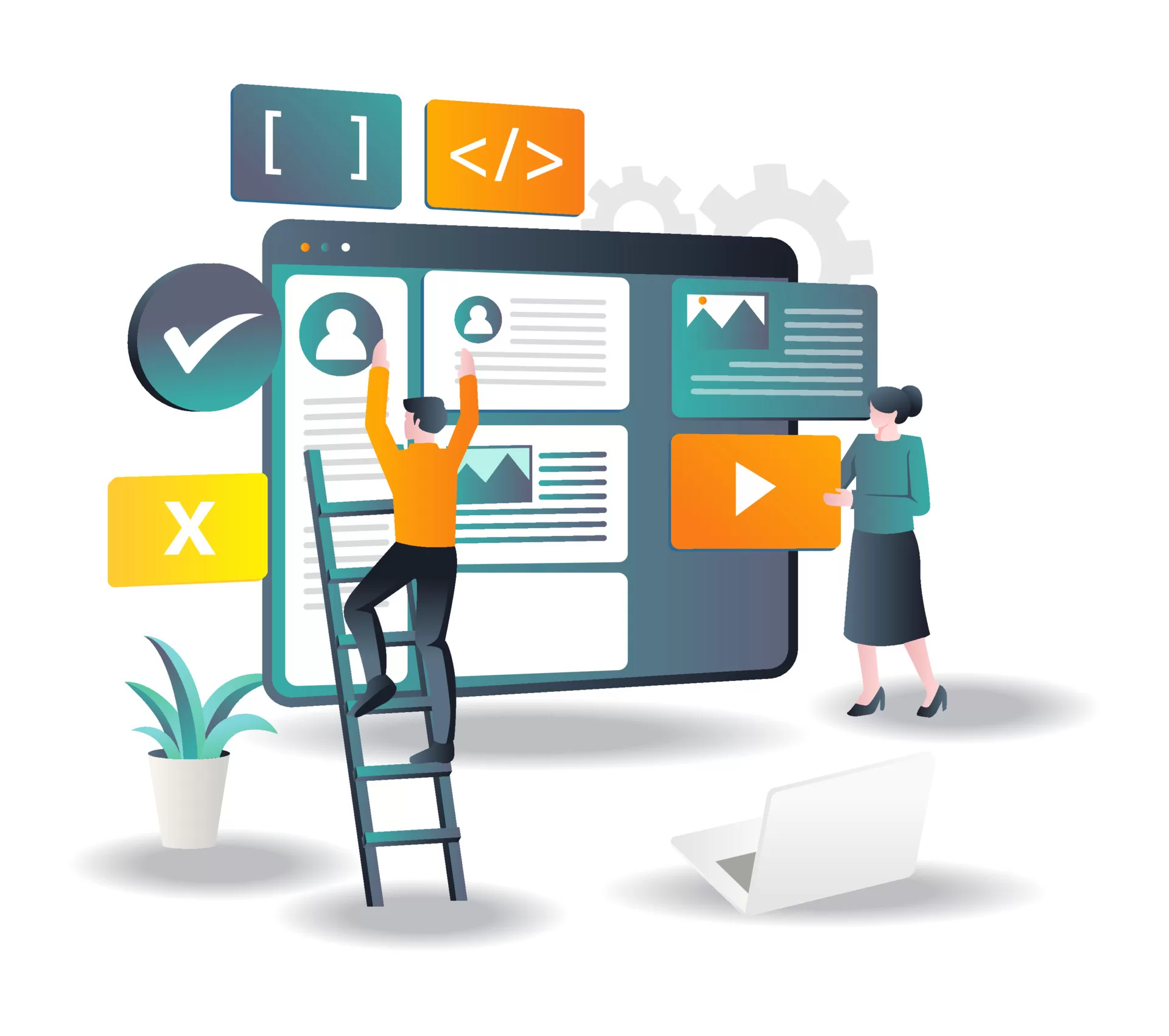
Choosing the appropriate backend tools for your development project is essential. Consider the following factors when making your selection:
- Project Requirements: Evaluate your project’s specific needs, including programming language, database requirements, scalability, performance, security, and integration capabilities.
- Community and Support: Assess the size and vibrancy of the tool’s community. A strong community ensures ongoing development, updates, support, and a wealth of resources, tutorials, and forums.
- Availability of Learning Materials: Assess the accessibility and quality of learning materials and documentation, including official resources, tutorials, and online communities. Well-documented tools can significantly enhance the learning process and facilitate development.
- Compatibility and Integration: Ensure seamless integration of the selected tools with your existing technology stack, encompassing programming languages, frameworks, and databases. Compatibility guarantees smooth collaboration and minimizes integration complexities.
- Performance and Scalability: Evaluate the tool’s performance benchmarks, scalability features, and track record in handling large-scale applications. Consider factors like response times, throughput, and the ability to handle concurrent requests.
- Security: Prioritize backend tools that incorporate robust security measures and adhere to established security best practices. Seek features like encryption, authentication mechanisms, and protection against common vulnerabilities.
- User Feedback and Reviews: Conduct thorough research on user reviews, case studies, and feedback from the development community to gain valuable insights into the strengths, weaknesses, and real-world performance of the tools.
In Conclusion:
Selecting the appropriate backend development tools is crucial for building efficient, scalable, and secure web applications. The aforementioned list of the top 20 backend development tools for 2023 encompasses a diverse range of features and capabilities to cater to various project requirements. By considering factors such as project needs, community support, documentation, compatibility, performance, and security, developers can make well-informed decisions and leverage the most suitable tools to streamline their backend development process. Stay updated with the latest advancements in backend development tools and embrace those that align with your project goals to stay ahead in the ever-evolving technological landscape.










